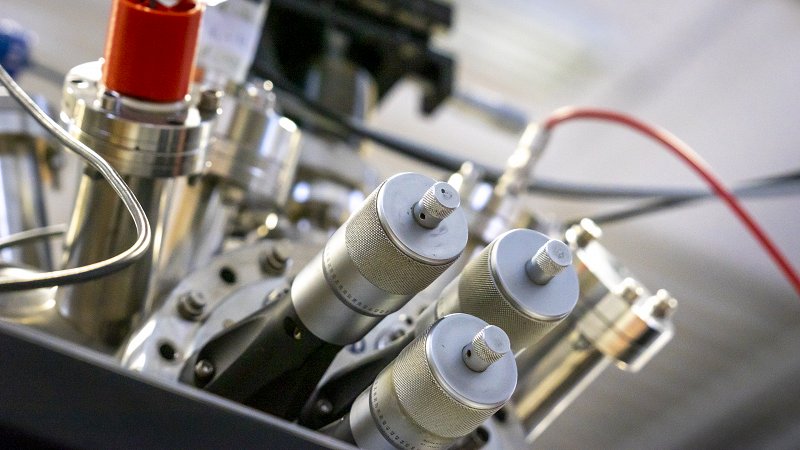Advanced measurements at the FERMI free electron laser

In May 2024, Doc.Dr Klemen Bučar and Dr Matjaž Žitnik took part in experiment dealing with coherent control of molecular fragmentation around an autoionizing state using shaped attosecond pulses, which took place at the LDM beamline with the FERMI free electron laser. According to the program, we first prepared a light beam composed of the 6th, 7th and 8th harmonic multiple of the seed laser. Each light component was generated with its own, resonantly tuned pair of undulators and direted to the gaseous target. The electrons emitted from the target were analyzed by a magnetic bottle electron spectrometer. It soon became clear that the electronic spectrum of the nitrogen molecule upon excitation with three different colors of intense light is extremely complex, and therefore we preferred to perform the experiment on argon atoms, which has a series of auto-ionizing resonances in approximately the same energy range. The electronic spectra were measured at different phase differences between the coherent harmonic components and at different wavelengths of the seed laser. By setting the phase difference, we achieved a change in the intensity of the spectral lines that signal the probability of two-photon excitation with H7+H7 and H6+H8 light from the ground state Ar or Ar+. The change in intensity is the result of interference between the two two-photon paths leading to the same final state (quantum coherent control). By changing the wavelength of the laser, the relative amplitudes of the two-photon paths were changed. The change is especially strongly when photon energy of one of the harmonic components matched the resonant electronic transition (for example, 3s-1 to 5p in Ar). Then, in addition to its magnitude, the phase difference of the amplitude of the two paths also changes significantly due to the varying contribution of the atomic phase to the phase of the resonant path.
Although they were unable to measure these effects on the nitrogen molecule, the measurements on atomic argon also led to non-trivial results in the field of the coherent control of quantum systems with VUV light.